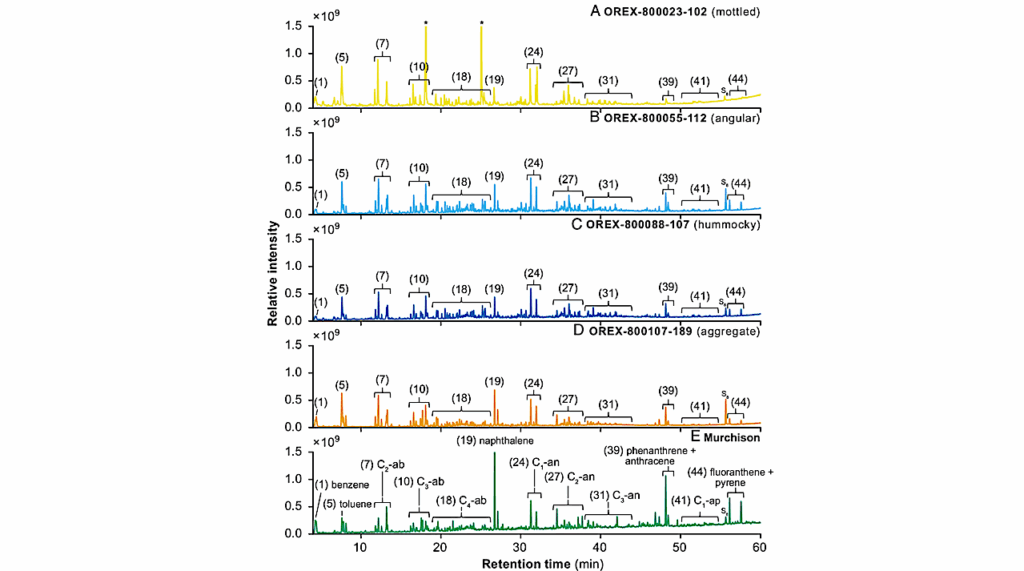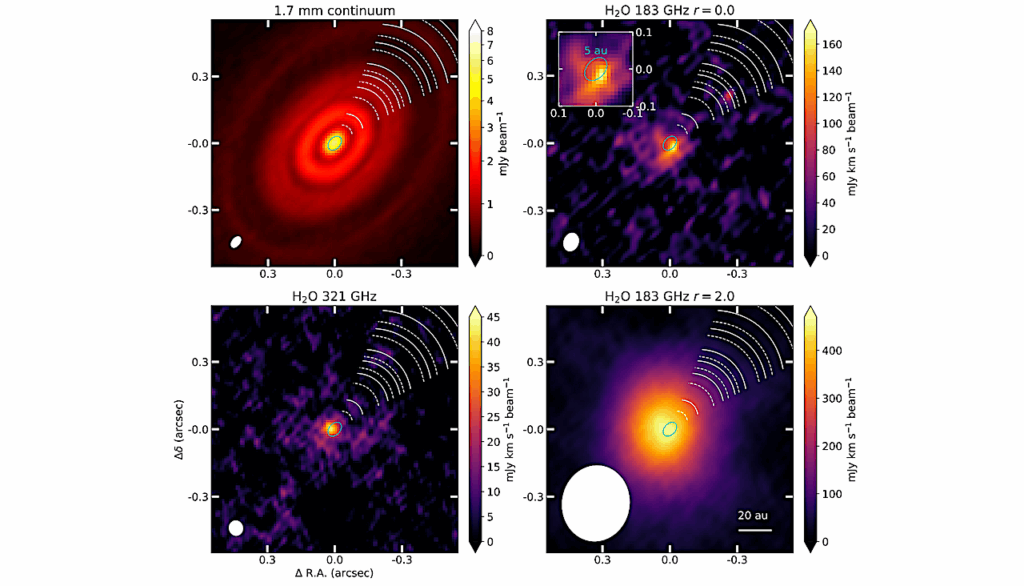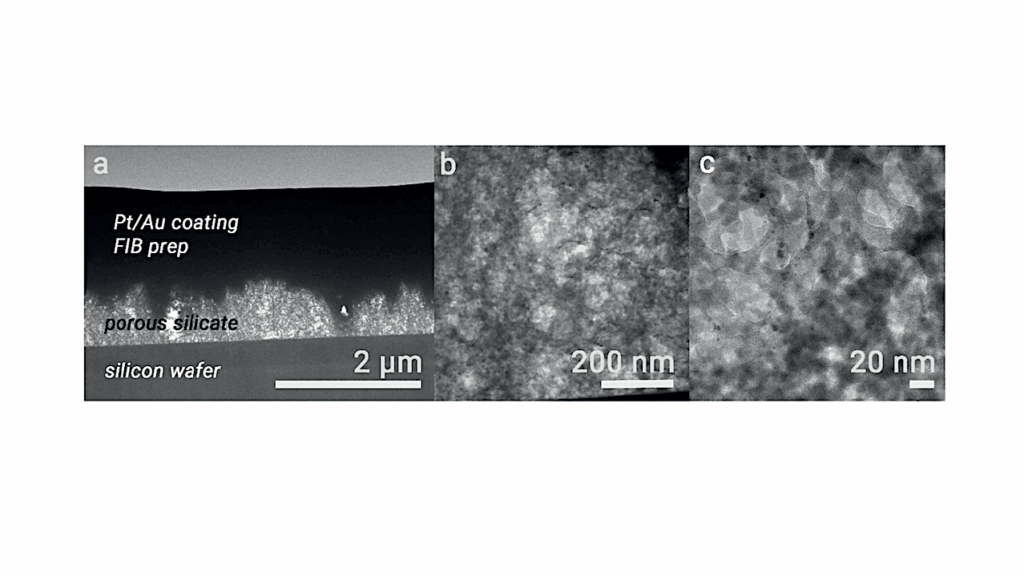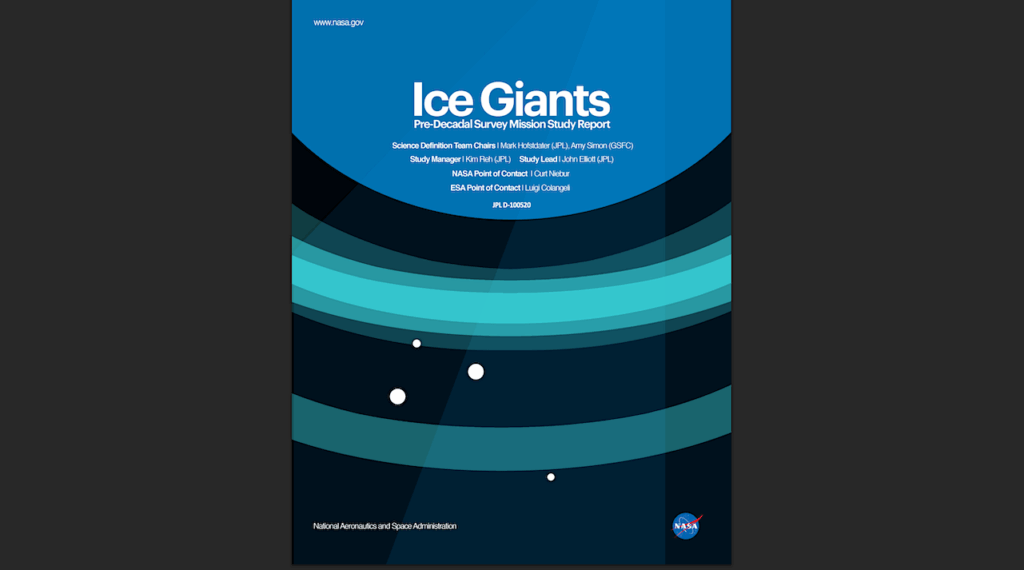Life in the Bubble: How A Nearby Supernova Left Ephemeral Footprints On The Cosmic-ray Spectrum And Indelible Imprints On Life

The Earth sits inside a 300pc-wide void that was carved by a series of supernova explosions that went off tens of millions of years ago, pushing away interstellar gas and creating a bubble-like structure.
The 60Fe peak deposits found in the deep-sea crust have been interpreted by the imprints left by the ejecta of supernova explosions occurring about 2-3 and 5-6 Myr ago. It is likely that the 60Fe peak at about 2-3 Myr originated from a supernova occurring in the Upper Centaurus Lupus association in Scorpius Centaurus (140 pc) or the Tucana Horologium association (70 pc). Whereas, the 5-6 Myr peak is likely attributed to the solar system’s entrance into the bubble.
In this Letter, we show that the supernova source responsible for synthesizing the 60Fe peak deposits 2-3 Myr ago was also likely a Galactic PeVatron source. We demonstrate that this supernova can consistently explain the “knee” in the cosmic-ray spectrum and the large-scale anisotropy between 100 TeV and 100 PeV.
Matching the intensity and shape of the cosmic-ray spectrum allows us to place stringent constraints on the cosmic-ray energy content from the supernova as well as on the cosmic-ray diffusion coefficient. Making use of such constraints we provide a robust estimate of the temporal variation of terrestrial ionizing cosmic radiation levels and discuss their implications in the development of early life on Earth by plausibly influencing the mutation rate and, as such, conceivably assisting in the evolution of complex organisms.

The distance from Earth to the clusters progenitor candidates. Upper panel: The evolution of our distance to the various stellar associations in time, which has been adapted from Ben´ıtez et al. (2002). The distance spread of the stellar associations is shown as shaded regions, which correspond to the associated 2σ uncertainties in the distance estimate. The color code for the different associations is the same as in Figure 1. Lower panel: The collected data of 60Fe, which shows the two distinct peaks and has been adapted from Wallner et al. (2021). The shaded vertical grey region shows the most recent peak concentration at about 2-3 Myr. The width in peak times is thought to be produced by the transport timescales expected for 60Fe supernova dust (Ertel et al. 2023). The two black star symbols show the two SN progenitor candidates we consider in light of the observational constraints. These are located at a distance from Earth rinj =70 pc at tinj =2.5 Myr in Tucana Horologium , and rinj =140 pc at tinj =2.5 Myr in Upper Centaurus Lupus. — astro-ph.HE
Caitlyn Nojiri, Noémie Globus, Enrico Ramirez-Ruiz
Comments: 10 pages, 5 figures, submitted to the Astrophysical Journal Letters
Subjects: High Energy Astrophysical Phenomena (astro-ph.HE); Earth and Planetary Astrophysics (astro-ph.EP)
Cite as: arXiv:2409.12307 [astro-ph.HE] (or arXiv:2409.12307v1 [astro-ph.HE] for this version)
https://doi.org/10.48550/arXiv.2409.12307
Focus to learn more
Submission history
From: Caitlyn Nojiri
[v1] Wed, 18 Sep 2024 20:43:36 UTC (6,639 KB)
https://arxiv.org/abs/2409.12307
Astrobiology, Astrophysics,








